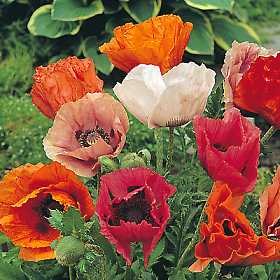Our Favorite Poppy Flower Seeds
We love poppy flowers. Not just the familiar papaver varieties,
but also Eschscholtzias, and Meconopsis types as
well. Below are some of our favorites:
The best times to start growing poppies and plant seeds is either early fall, or in the first part of March. Planting in Fall will result in earlier blooms the following Spring, whereas planting in Spring will result in Summer blooms. Alternately, you can plant half your seeds in the Fall, and half in the Spring. Although the optimal germination temperature is about 60 degrees Fahrenheit, the seeds will germinate at warmer temperatures, but they germinate best when planted in cool to cold soil, the warming soil will trigger germination.
Do not start papaver types in warm to hot weather. Germination will be poor and plants may not grow, start them in late fall to early spring.
To plant, simply cast seeds directly on top of loose, moist soil. Press seeds lightly into soil, but do not cover them more than the thickness of the seed.
Be sure to be aware of all the creatures that will ruin your poppy growing experience. Birds, for one, like to eat poppy seeds. So you may need to put up a net above the seeds until they sprout. Or, you can start them indoors under lights or on a window sill. Poppies have very sensitive root systems and do not transplant well, so be sure to start them in deep trays or pots.
Keep the soil moist for the first couple weeks until you see the sprouts come up. Then, cut back on the watering, only watering thoroughly every few days. This helps the new sprouts develop a strong root system by forcing them to search for water deep below the surface. Plus, it lowers the chance of mold and root rot, which poppies are very susceptible to.
Be careful when watering not to wash away the seeds or any new sprouts. Water gently with a spray bottle, or use a drip system.
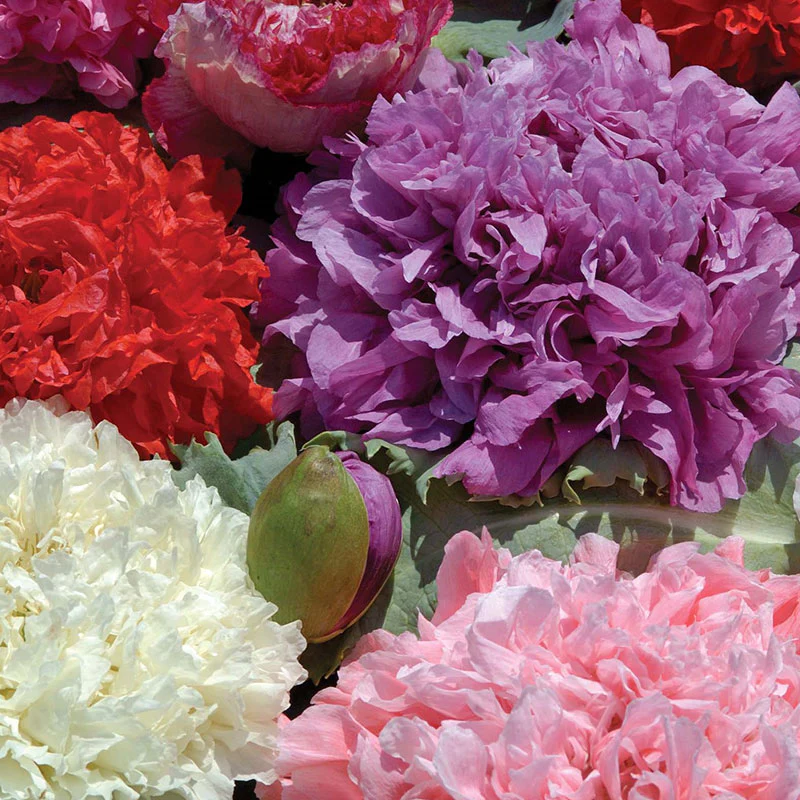
Grows about 30-32 inches tall, usually grown as an annual, will re-seed itself.
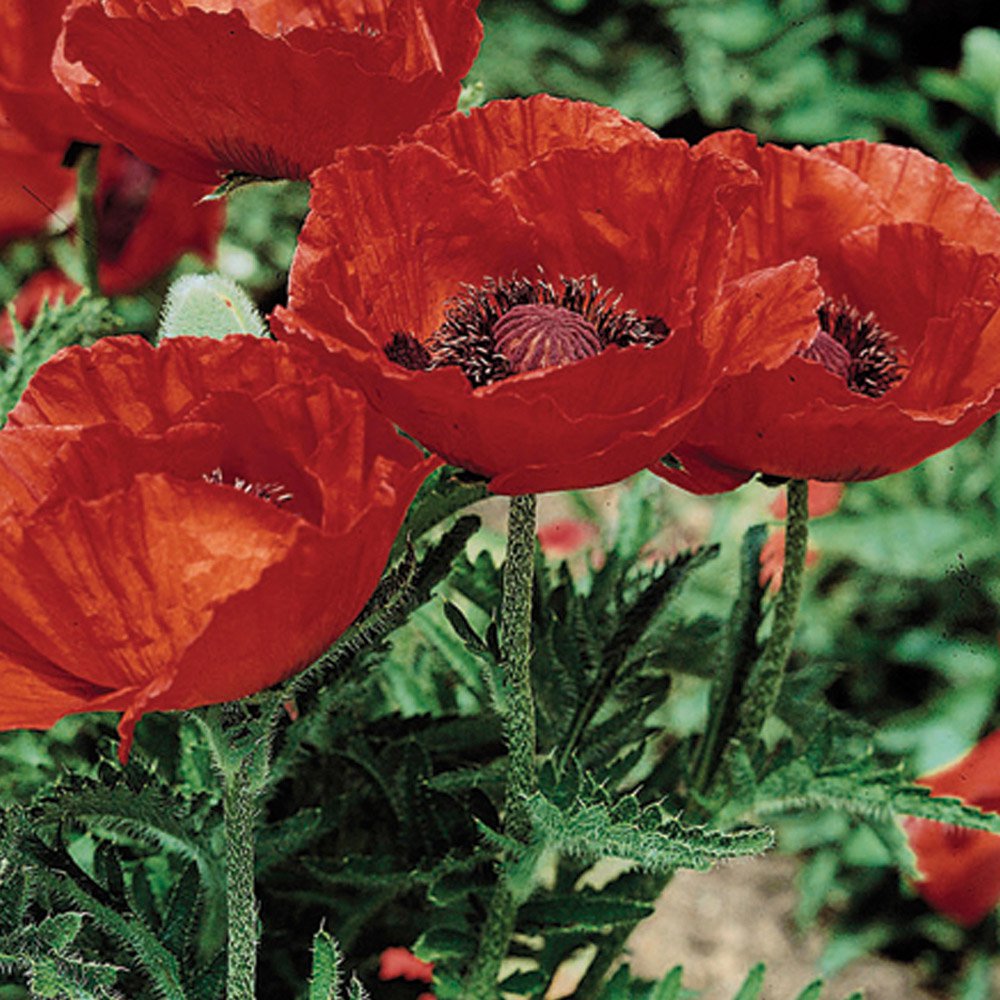
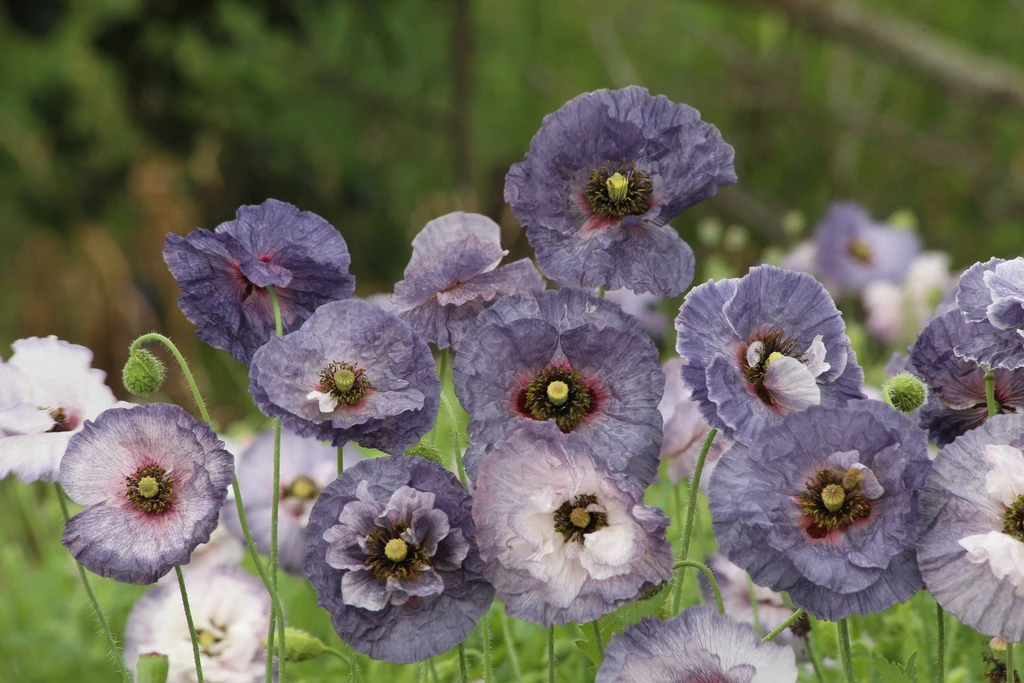
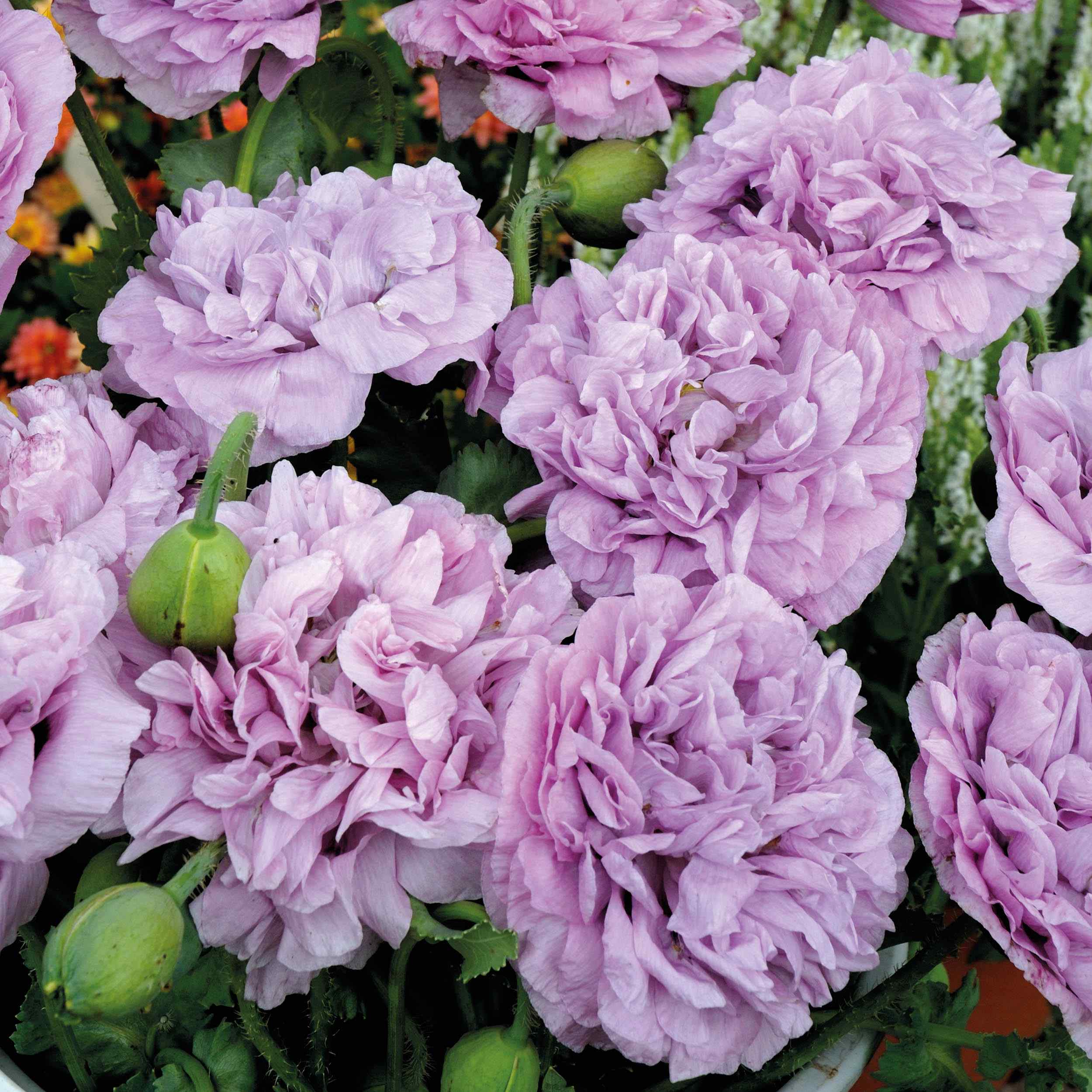
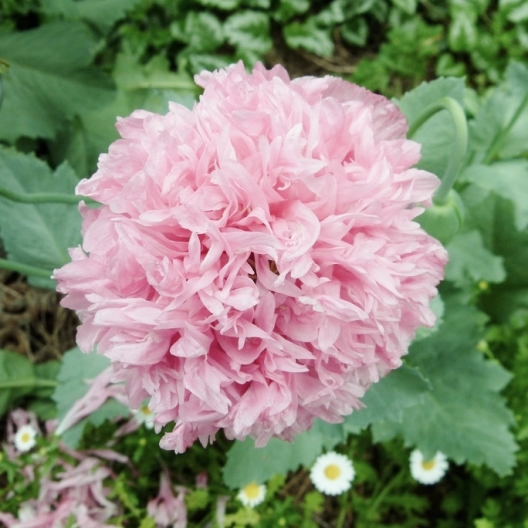
Zones 5-8.
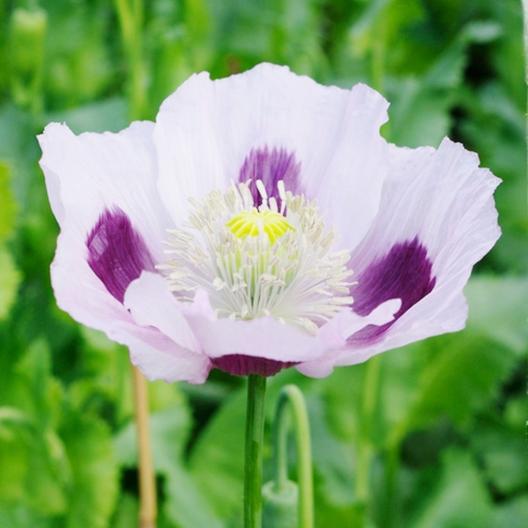

Zones 5-8.
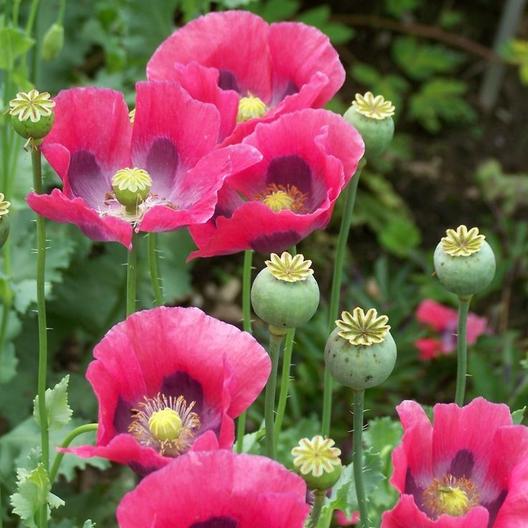
Will quickly grow to a height of between 24 - 36 inches. A fantastic addition to any garden planting scheme. A beautiful annual flower that will quickly produce delicate and feathered blooms to lift any garden area.
In addition, it produces a fantastic seed that can be used on breads and desserts, and if left to ripen gardeners can easily collect pods at the end of the season. Having a unique nutty aroma, these seeds can be put to fantastic use in the kitchen, spreading them on savory breads, using in lemon-poppy seed pound cakes, or even as a sweet poppy seed dressing.
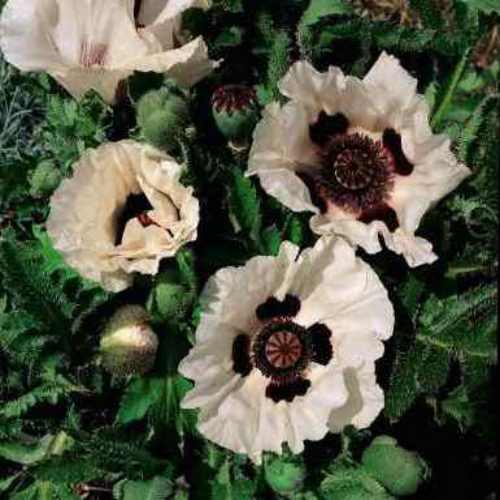
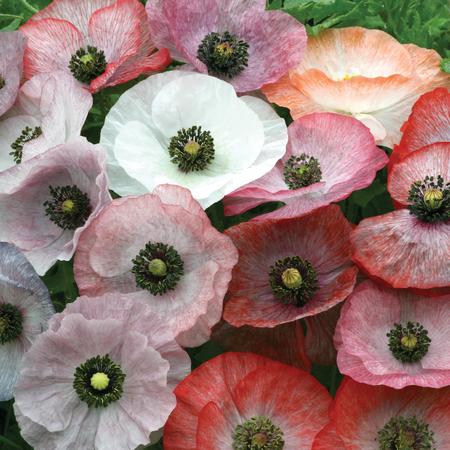
Annual.

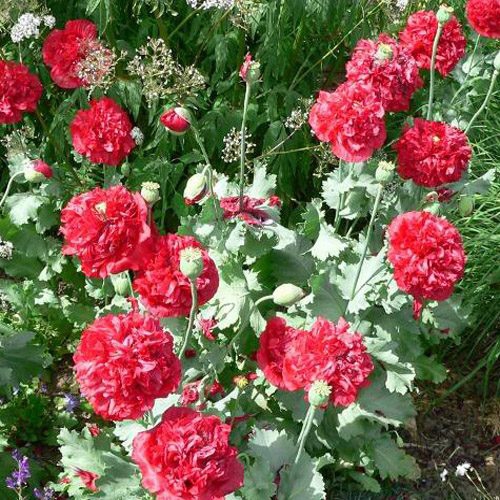
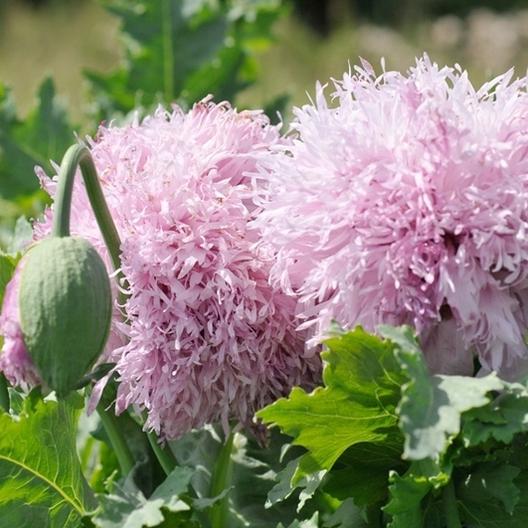
The large, frilly blooms are truly eye-catching in contrast to the blue-grey foliage of the plants. Grows about 36-40 inches tall, usually grown as an annual, will re-seed itself.
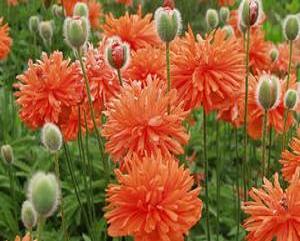
Grows about 30 inches tall and will spread to about 24 inches, best suited for zones 3-7.
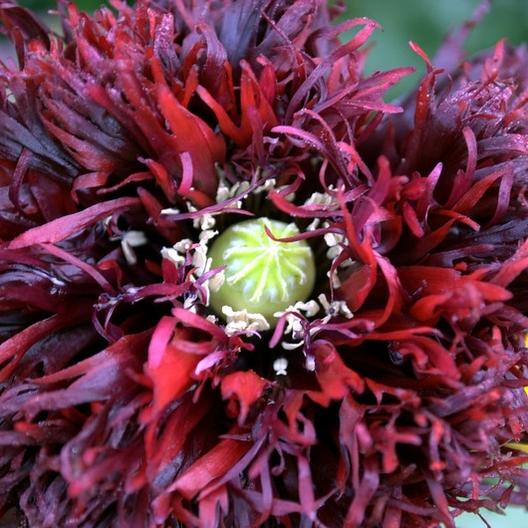
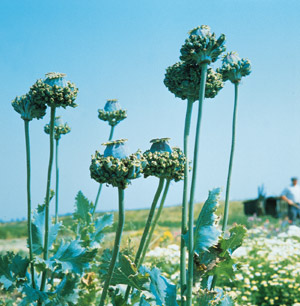

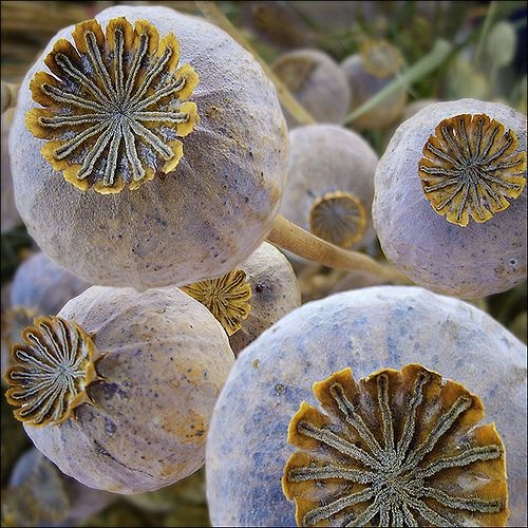
Grows 24-30 Inches tall.
Zones 3-9.

There is a local legend that renowned Colorado garden writer Lauren Springer sowed some poppy seeds from a bagel and discovered this unique variety. In reality, this experienced horticulturist spent years culling the seeds from the rich purple poppies growing in her garden, knowing gardeners would appreciate the superb beauty of this stunning variety.
Grows 24-30" tall, hardy to zone 4, but normally grown as an annual.
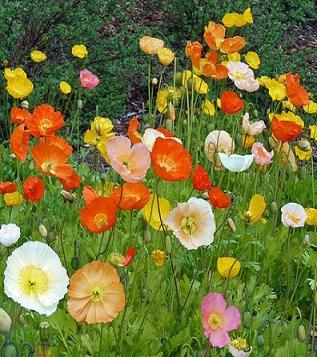
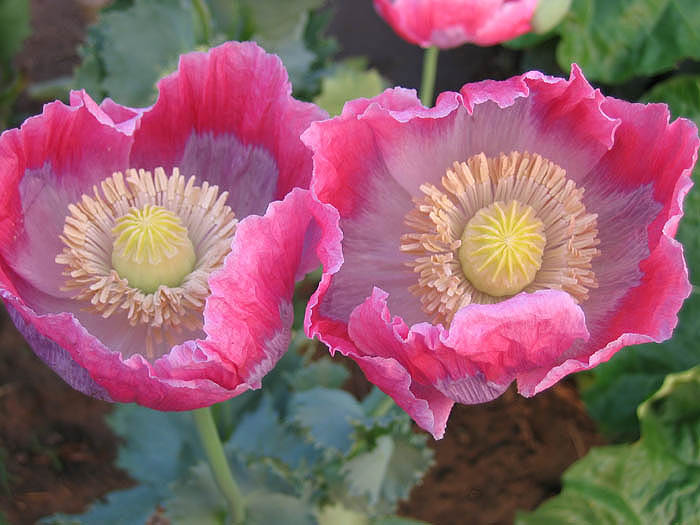

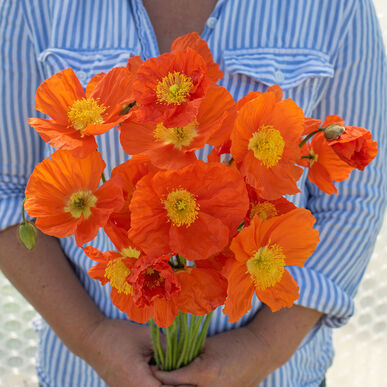
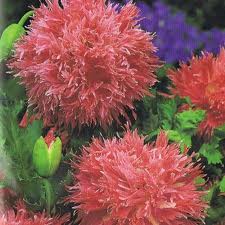
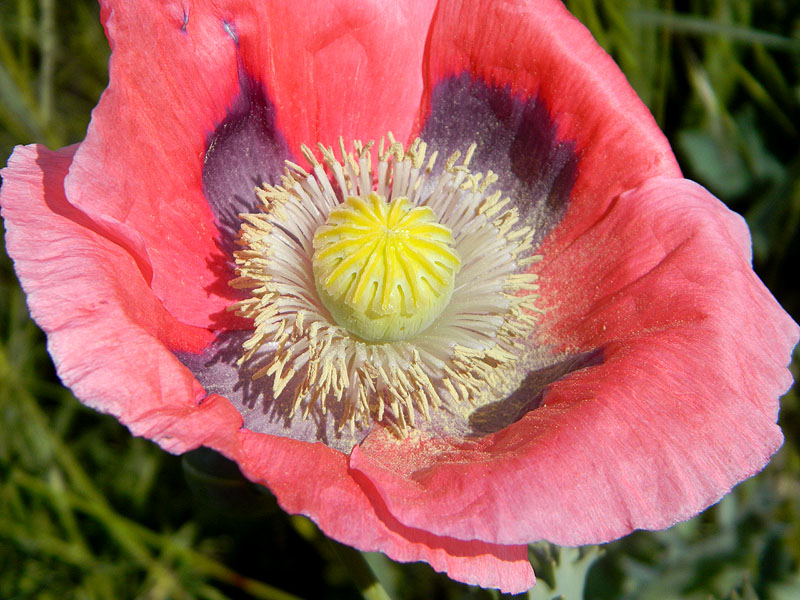
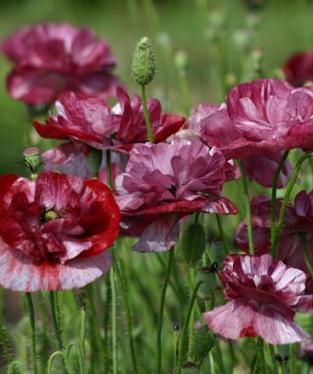
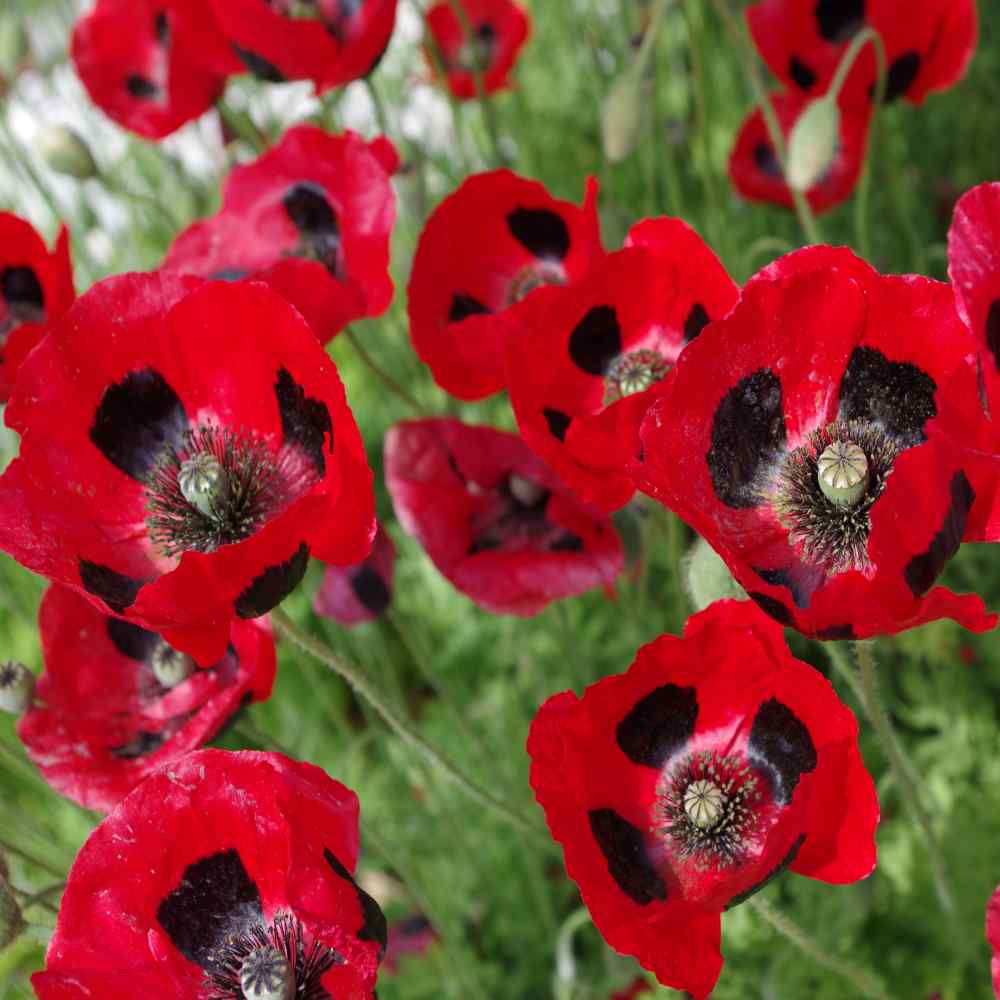
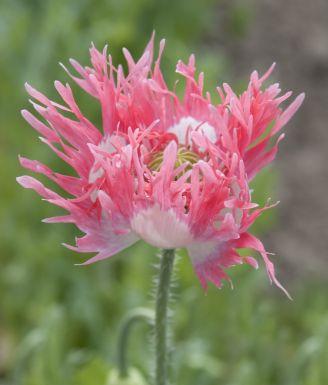
Zones 3-9.
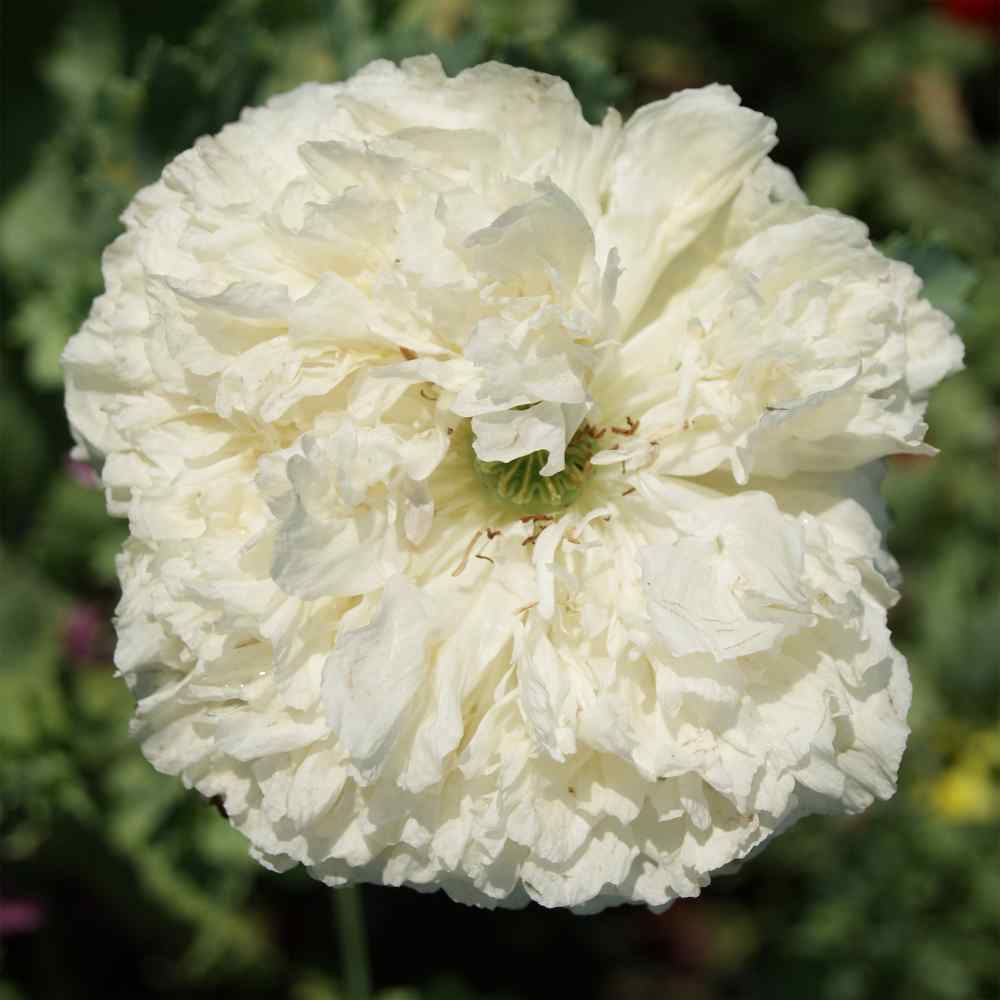
Zones 5-8.
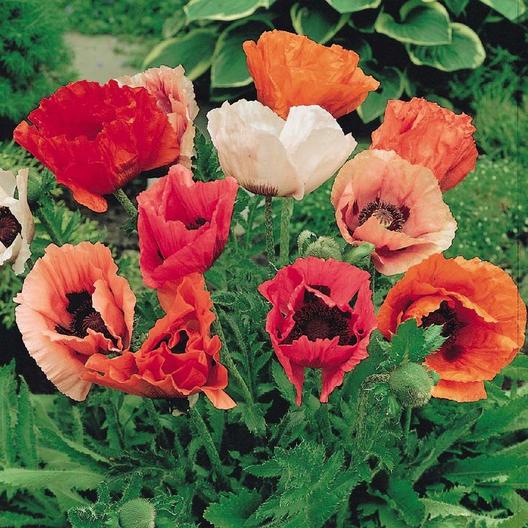
Huge perennial poppies for cool winter climates. Oriental Poppies grow and flower best in zones 3-8: they prefer a good winter chill.





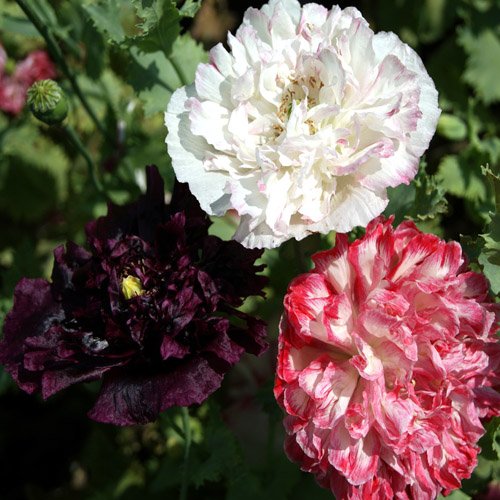
The plant has blue-green foliage that is intense and makes a complementary backdrop for the showy blooms. When the flowers are done blooming, oblong seed pods are formed, and they are highly prized as an everlasting, keeping their color and shape for dried arrangements, grows about 36" tall, best suited for zones 3-8.

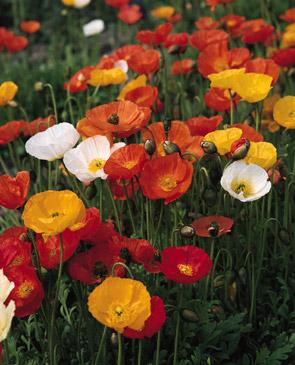
They put on a fabulous wildflower garden show, and they are among the best for cutting, due to their durable stems and erect flower position.
They are used extensively in the southeast by sowing the wildflower seeds in the fall to create a lavish spring display, but the plants are unable to live through the hot summer that follows.
In cooler climates, plants perform like a perennial for 2 - 3 years. Iceland Poppies prefer full sun and a fertile, well-drained soil. Early flowers during cool weather will be the largest.
USDA Zones: 3 - 9. Height: 12 - 24 inches
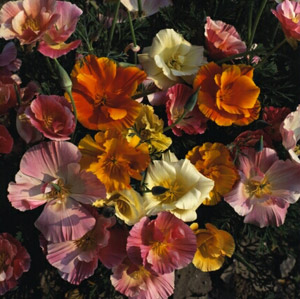
( Eschscholzia californica )
Seedman Basic Info:
A Classic Heirloom Favorite. Grows about 12 inches tall. Easy to grow, plant them directly in your garden and they will spread easily!
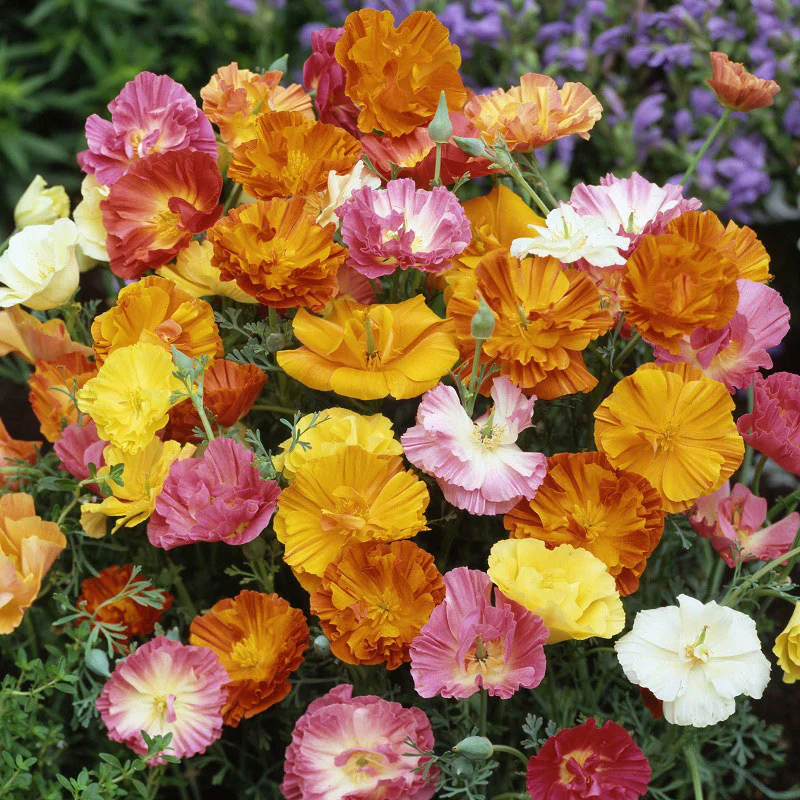
Superb in meadows, native gardens or naturalized settings, this California Poppy mix is easy to grow from flower seeds and requires virtually no care or water. This Ballerina Poppy mix has very finely divided leaves that are pale bluish-green. The funnel-shaped, double and semi-double flowers are satiny and cheerful, growing to 2 inches wide. California Poppies are highly drought tolerant and tend to perform well in just about any environment, even arid and inhospitable ones.
Known for being a liberal self-sower, California Poppies very freely drop their own Poppy flower seeds. When Ballerina flowers are planted in mass groupings, the visual appeal is amazing. These versatile flowers are also great as border plants around a group of larger flowering plants. Perfect for xeriscaping.

A note from one of our customers:
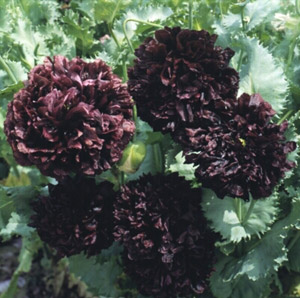

he petals are frilly and feathered adding greater appeal, and its center has a pure white cross. Drought tolerant Poppy Danish Flag is a stunning variety, and it is especially gorgeous when planted in mass groupings. After the Poppy Danish Flag flowers are spent and the petals fall, an attractive seed pod remains. The seed pods can be preserved and used in dried arrangements or leave the seed pods in the garden for winter appeal. Danish Flag Poppy plants are easy to grow, and they thrive in most garden settings. The plants are known for self-sowing for additional seasons of beauty. If seeding is not desired, Poppy flower care would include deadheading spent flowers. Perfect for xeriscape landscaping.
Grows 30" tall, blooms 10 weeks from seed.

Easily grown from seeds, gardeners enthusiastically grow this variety for the wonderful display of diverse color and forms. Grows 12-15" tall. For zones 3-9.
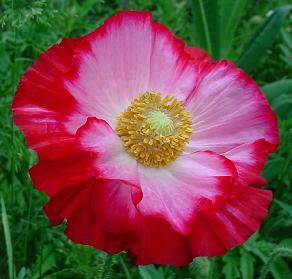
Eschscholzia ( California Poppy ) Varieties
The California poppy, or Eschscholzia californica, is the state flower of California. Known for its bright orange color, this North American native wildflower can also be found in shades of pink, yellow, red and white. California poppies can reach heights of 12 to 18 inches and bloom throughout the summer months.
California poppies are best propagated from seed. Although they can be propagated through transplantation, it is hard to do, and often times the plants do not survive the process. If you must start indoors, use deep pots. Sow seeds in the early spring once the ground reaches 60 degrees Fahrenheit and is workable. Choose an area that receives full sun, at least six hours of sunlight, and has well-draining poor soils. Mix the seeds with 4 parts sand to ensure even spacing. Cover the seeds with 1/16 inch of soil. Water immediately after sowing and keep the soil moist until the seedlings develop their first leaves.
Reduce watering of California poppies once they become established. Water plants one or two times per week only during periods of no rainfall. They are highly drought-tolerant and will suffer if kept too moist. Problems such as powdery mildew or mold will form on the plants' leaves if excessive watering is prolonged. Their roots will begin to rot and die back, affecting the health of the plant. If rainfall occurs, do not provide additional water.
California poppies prefer poor soils. If sown in areas where the soil is too rich and fertile, the poppies will produce foliage with few flowers. Fertilize California poppies only when they appear to be unhealthy with yellow leaves. Apply a 10-10-10 nitrogen, phosphorous and potassium fertilizer at the recommended rate on the label. Do not fertilize California poppies under any other circumstance, as excess fertilization will stop blooming and can harm the plants.
Blooms will begin to appear on your poppies one and a half to two months after sowing. Normal bloom time lasts for six to eight weeks. Pinch blooms from their stems as they begin to fade to encourage new blooms to form. This practice can prolong the blooming period of California poppies by one to two additional weeks.
Leave a few of the last blooms on the stems in order to encourage seed production. The petals will drop leaving a seed head behind. Remove the seed head from the stem once dry in zones 1 through 4. Store the harvested seed heads in glass jars or paper envelopes in a dark, dry and cool spot until spring sowing. Allow the dried seed heads to remain on the stems in zones 5 through 9. In these zones, the California poppies will self-sow their seeds.
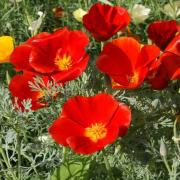
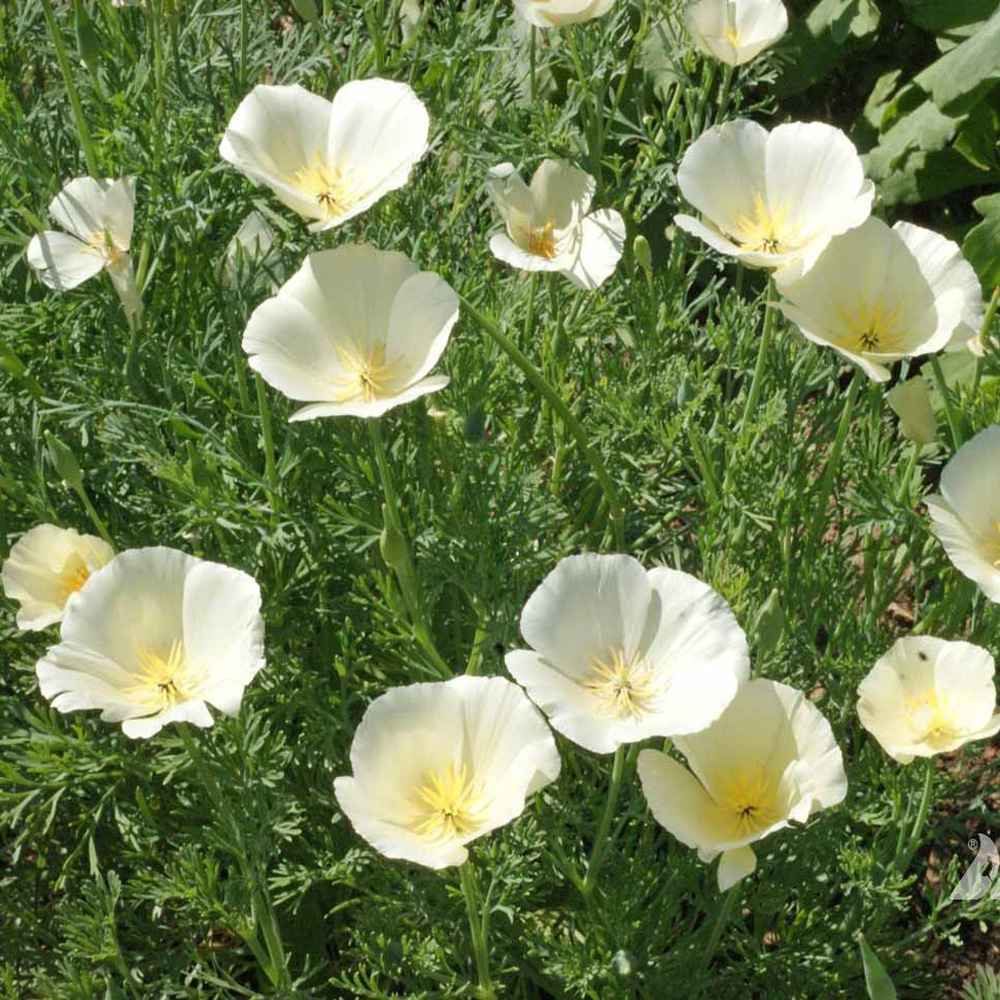
White Linen California Poppy will produce creamy white flowers that measure 2 or 3 inches wide in diameter. The plants will grow to a mature height of roughly 12 to 18 inches tall.
Grown as a tender perennial, they attract an array of beneficial insects to the garden, such as butterflies, bumblebees, honeybees and more.
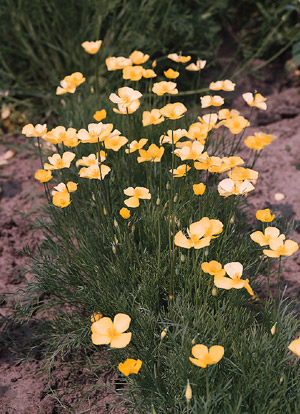
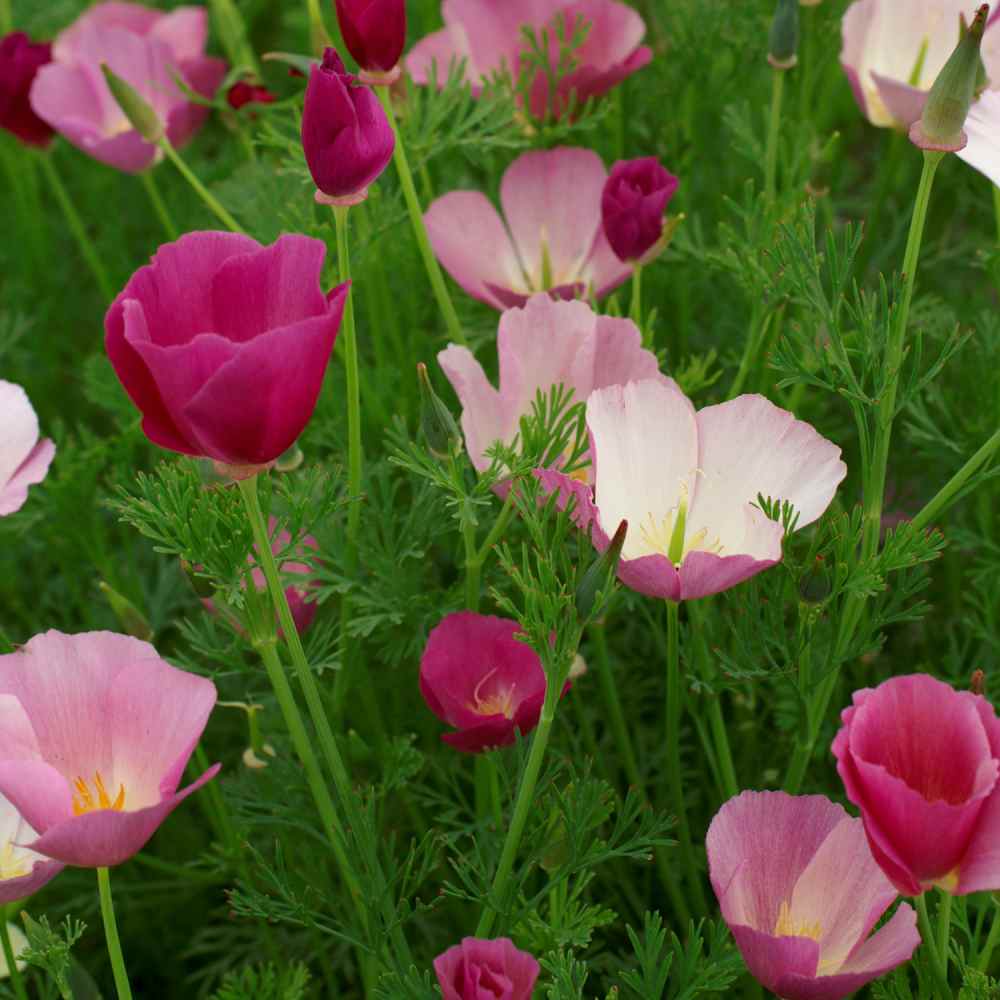
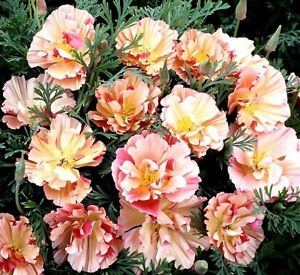
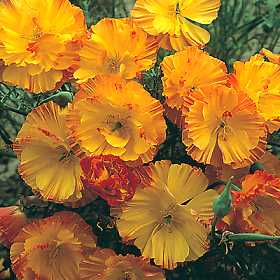

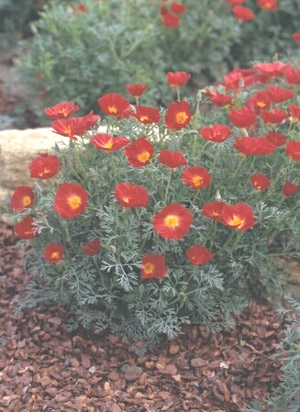
Birds are attracted to the seeds. Foliage is silvery blue. Bloom time: spring-summer. Bloom color: fiery red with bright yellow eyes. Grows about 8" tall. Hardy to zone 6.
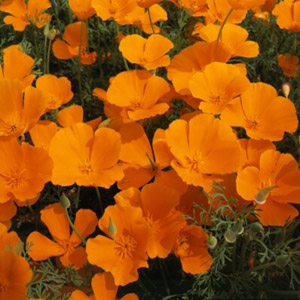
The bright orange California Poppy wildflower was named for doctor-naturalist Johann Friedrich Gustav von Eschscholtz who was the surgeon for the Russian expedition team that dropped anchor in San Francisco in 1815 in a bay surrounded by hills covered with the golden flowers. The wild flowers were designated the state flower of California in 1903, and now are protected by state law prohibiting anyone from picking or destroying them when they are growing on public property. These Poppy flowers close at night or in cold, windy weather and open again the following morning, although they may remain closed in cloudy weather.
California poppies attract butterflies and many different types of bees, including bumblebees, honeybees, and sweat bees!
Despite its mild-weather origins, California Poppy seeds will grow quite well in cold climates, but only as an annual. Poppies can be used in beds, borders, and in naturalized settings, but generally they do not do well in containers. The foliage is attractive, finely divided and lacy with a bluish-green color.
The Poppy plants require full sun and good drainage to flourish, so they are particularly well-suited to rock gardens and dry, sandy soils. Because the plants develop a deep taproot they do not transplant well, and therefore the wildflower seed should be seeded directly in the garden where you want them to grow.
Height: 12 - 16 inches. USDA Zones: 3 - 9. Season: Annual. Deer Resistant: Yes

Jim's Plant Growth Stimulator
To see the results for yourself, we advise using it on some plants and not on others and see the difference.
Note: We only ship this product to addresses inside the USA. The following ingredients are used in making Jim's Plant Growth Stimulator:
Gibberellic Acid
Gibberellic Acid is EPA approved, and is commercially used to grow most fruits and vegetables we eat.
B1 Vitamins and Plant Hormones
Micronutrients
Other ingredients
Each 8 ounce bottle of JPG01 Plant Growth Stimulator makes 16 gallons spray-on solution, you can also use a drench and pour it around the base of the plant if you prefer. The bottle comes with a 1/2 ounce measuring spoon, simply mix a half ounce of plant growth stimulator with a gallon of water and spray onto the plants, or drench the soil around the plant. :
Sowing and Care Instructions for Corn Poppies:
Height: 2-2 1/2 feet
Germination: 10-30 days
Optimum soil temperature for germination: 60-70F
Sowing depth: Surface Sow
Blooming period: March-July
Suggested use: Flower gardens, roadsides, meadows, mixtures, cut flowers. Miscellaneous: Not enough can be said about this all time gardening favorite. The seed pods are attractive for dry floral arrangements. Can be seen from great distances, guaranteed to make the neighbors jealous.

